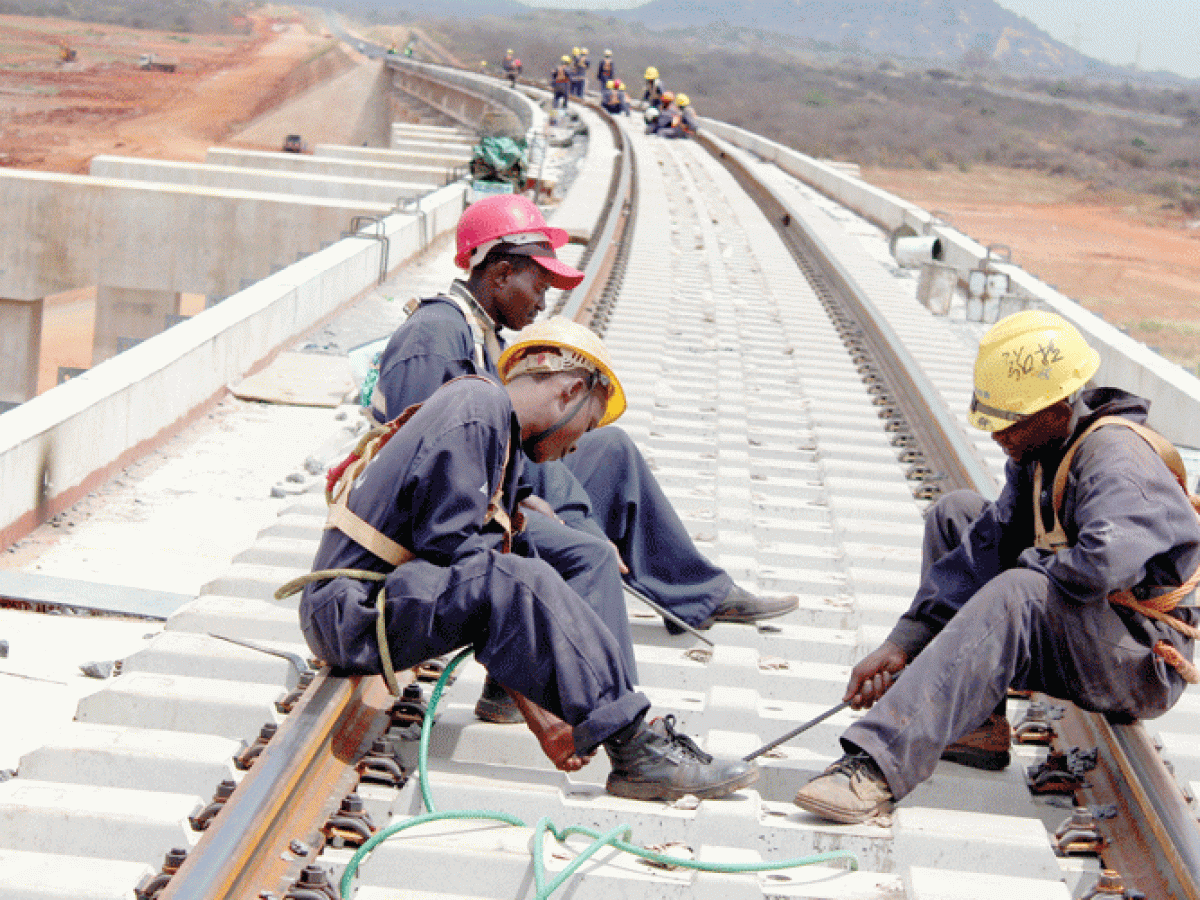Loading News Article...
We're loading the full news article for you. This includes the article content, images, author information, and related articles.
We're loading the full news article for you. This includes the article content, images, author information, and related articles.
With a new strategic plan and significant capital injections, the East African Development Bank is intensifying its support for Kenyan and regional industries, aiming to boost manufacturing and create jobs amid the operationalization of the AfCFTA.

The East African Development Bank (EADB) is significantly increasing its role as a primary driver of industrial transformation across the region, with a sharpened strategic focus and fresh capital aimed at bolstering key sectors in Kenya and neighboring countries. As the East African Community (EAC) navigates the opportunities of the African Continental Free Trade Area (AfCFTA), the bank's interventions in manufacturing, infrastructure, and support for small and medium-sized enterprises (SMEs) are becoming increasingly critical.
Established in 1967, the EADB has a long-standing mandate to foster economic growth and social progress. Historically operating behind the scenes, the bank has financed major projects that form the backbone of East Africa's economies. In Kenya, the EADB was a key funding partner for Kenya Power's distribution network and was part of the lending syndicate for the Lake Turkana Wind Power project, Africa's largest wind farm.
Under its 2024-2028 strategic plan, the EADB is deepening its commitment to the region's industrial agenda. Key priorities include financing industrial parks, supporting large-scale manufacturing, enhancing infrastructure connectivity, and strengthening value addition in agriculture and industry. This strategy is designed to position East African manufacturers to effectively compete within the AfCFTA's market of 1.4 billion people.
Recent funding agreements have significantly boosted the bank's capacity. On June 18, 2025, the EADB secured a US$40 million loan from the OPEC Fund for International Development, its fourth and largest deal with the institution, to support SMEs and infrastructure projects. The OPEC Fund also committed to arranging an additional US$25 million in syndicated funds. This builds on a history of collaboration, including a US$20 million loan in 2020 for agro-processing and infrastructure.
For Kenya, the EADB's renewed impetus translates into direct support for its economic pillars. In a significant move announced on August 9, 2024, the bank launched a KES 892 million fund specifically for Kenyan SMEs. This program, in partnership with Sidian Bank, HF Bank, Development Bank of Kenya, and the Kenya Women's Finance Trust Microfinance Bank, aims to provide affordable credit to over 1,300 SMEs in sectors like agriculture, transport, commerce, and manufacturing.
This focus on SMEs is a core component of the EADB's strategy. Over the past five years, the bank has injected over $95 million into 20 partner financial institutions across the region, reaching more than 10,000 SMEs, including nearly 3,000 women-owned businesses. These initiatives are crucial for a sector often hindered by the high cost of credit and stringent lending criteria.
While providing targeted support to member states, the EADB maintains a regional perspective, recognizing that industrial transformation requires cross-border collaboration. The bank has co-financed transformative projects like Tanzania's Standard Gauge Railway and supported the expansion of Cimerwa Cement in Rwanda. By combining infrastructure financing with SME credit lines, the EADB aims to create seamless value chains that connect small producers to regional and global markets.
However, the path to industrialization is not without challenges. The EAC region faces hurdles such as high electricity costs, inadequate transport infrastructure, and a collective failure to fully implement industrialization policies. The EAC Industrialisation Policy (2012-2032) was launched to address these issues, but progress has been uneven. The EADB's strategy directly confronts these bottlenecks by prioritizing investments in energy and transport infrastructure.
The EADB has fully integrated sustainability into its investment model, requiring every project to demonstrate positive environmental, social, and gender outcomes. The bank is pursuing accreditation from the Green Climate Fund and the Adaptation Fund to unlock cheaper, long-term capital for climate-resilient projects. To date, it has disbursed more than $100 million to projects with strong environmental benefits.
As East Africa stands at a critical juncture, the EADB's role as a financial and strategic partner is paramount. By mobilizing capital, fostering cross-border projects, and championing sustainable practices, the bank is not just financing development but actively shaping a more industrialized and prosperous future for Kenya and the entire region.